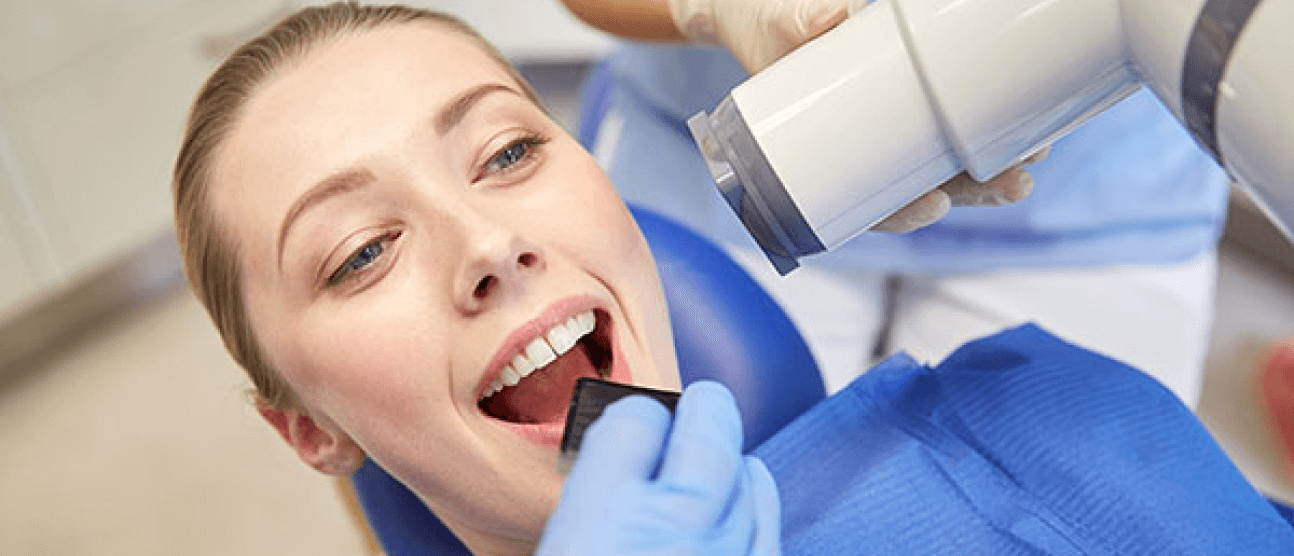
For some adults, it’s sometimes necessary to perform a tooth extraction to keep the mouth, gums, and remaining teeth healthy. The procedure sounds scary, but it’s something our dentists in Portland, Oregon have done thousands of times.
Tooth extractions are common in adults and done for a variety of reasons. In some cases, the dentist finds an infection in the tooth or maybe there is enough decay to put you at risk of an infection that could progress to other areas like your heart.
Gum disease can make the tooth unstable, too. Trauma can fracture teeth enough that repair isn’t an option.
It starts with a local anesthetic so you won’t feel pain. If the extraction is simple, the dentist will use a special tool to rock the tooth until it is loose and then remove it with forceps.
For more difficult extractions, the dentist may give you medication to make you sleepy or a general anesthetic so you are not awake during the procedure. A surgical extraction involves cutting gum and bone to gain better access to the problem tooth.
Once the tooth is out, a blood clot forms in the socket, and gauze packing helps control the bleeding. A couple of stitches might be necessary to close open gum tissue.
Having a tooth removed can be a scary experience, but what can be even scarier is not knowing what to expect afterward. That is why Dr. Justin Marostica a Dentist in Tigard Oregon has put together some basic instructions on aftercare for a tooth extraction. It is important that aftercare instructions given by the dentist are specifically tailored to each patient’s medical and physical condition. It is also important that these instructions are followed in great detail as they have been proven to help and prevent further complications.
Dentist tooth extraction aftercare instruction includes:
Generally speaking one can expect to see bleeding up to and longer than 48 hours. However profound bleeding after 24 hours is uncommon and your dentist should be consulted. After 24 hours, Dr. Marostica usually recommends rinsing your mouth gently with eight ounces of warm water mixed with one teaspoon of salt. This will keep the area clean and aid in healing.
As a Dentist in Tigard Oregon and know the addictive nature of some narcotics that are prescribed for pain management, Dr. Marostica recommends that as quickly as possible a patient begins to gradually reduce the amount that is used, possibly altering with ibuprofen or acetaminophen.Tell your doctor if you have allergies and what medication you take for them. It may be a good idea to take the medication to prevent sneezing and coughing but check first if you are taking pain medication at the same time.
There are things you should avoid doing to protect the blood clot in the tooth socket, as well. The clot is what stops the bleeding and begins the healing process.
You need to avoid:
Start eating regular food again when it is comfortable, but try to avoid chewing on that side of your mouth.
These are some very general instructions for tooth extraction aftercare, most likely your dentist will give you more specific details. Please follow them and this will eliminate possible post-extraction complications. Feel free to call the office if you have any questions about the procedure or aftercare instructions.
Use our convenient, secure online form to schedule an appointment for you or your family at one of our locations. Our Portland, OR dentists have locations throughout the metro area.